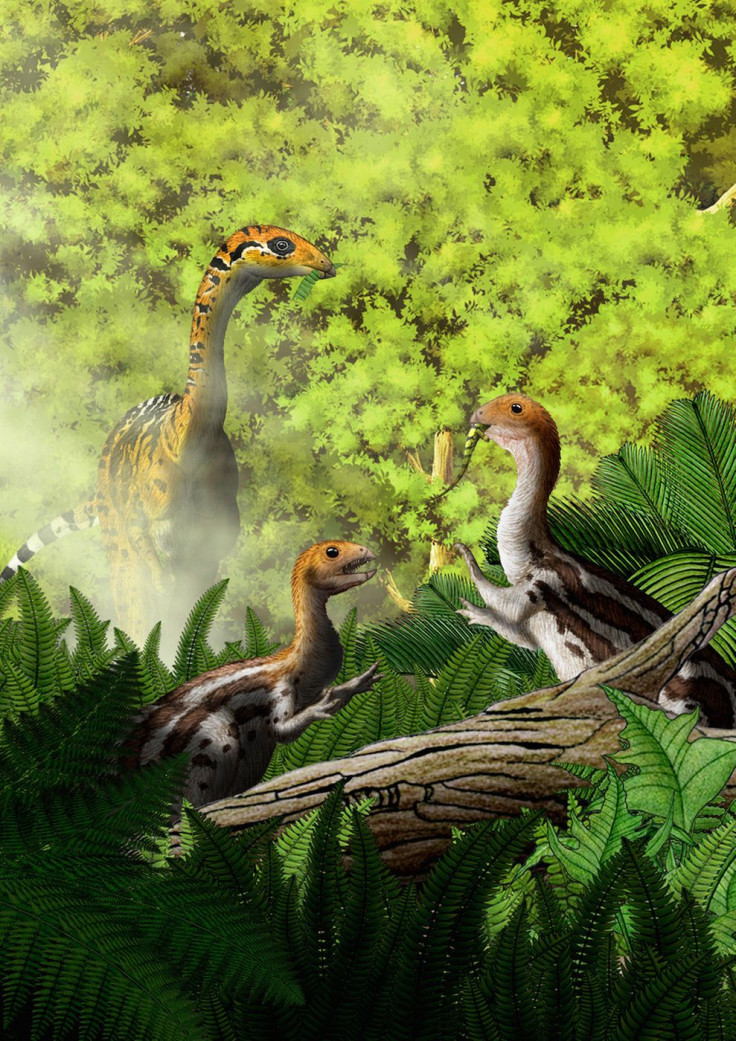This Dinosaur Lost Its Teeth And Grew A Beak As It Grew From Juvenile To Mature

Its body was somewhat like an ostrich’s, with short arms that ended in clawed fingers, as well as a long tail. At birth, it was just over one foot long while the adults grew up to about 8 feet. But the main difference between juvenile and mature individuals of Limusaurus inextricabilis was inside their mouths, and hence in their diets.
L. inextricabilis was a dinosaur species that lived about 160 million years ago and belonged to the theropod group, whose members were ancestrally carnivores, as well as the precursor to birds. Based on 19 specimens — ranging from babies to adults — found in the far western Gobi Desert in China, paleontologists discovered that L. inextricabilis began its life as a carnivore, with jaws that had “up to 18 tiny, pointy teeth, each just a few millimeters long,” while adults of the species lost all those teeth while growing up and had toothless beaks instead, and transitioned to a herbivore diet.
Josef Stiegler, a doctoral student of biological sciences at the George Washington University (GWU) and co-author of a study on the findings, said in a statement Monday: “Animals that lose all of their teeth as they grow up are rare today, [but] some examples include the duck-billed platypus and some species of catfish. This is the first time this characteristic has been recognized in a reptile, and the first time for any animal in the fossil record.”
Based on the analysis of carbon and oxygen isotopes in the fossil bones and teeth, the scientists found significant dietary differences within the species. The youngest individuals had similar diet as the adults, presumably because they were fed by their elders. But once they were old enough to find their own food, they became carnivores or omnivores. And once they lost their teeth and grew beaks, their diets were herbivorous.
“We usually think about the evolution of toothlessness in terms of animals having fewer and fewer teeth as a lineage evolves. This finding suggests that the evolution of toothlessness may often involve the interplay between the development of individuals and long-term evolutionary changes,” Stiegler said in the statement.
Scientists from the Chinese Academy of Sciences and GWU were involved in the study which was published Thursday in the journal Current Biology under the title Extreme Ontogenetic Changes in a Ceratosaurian Theropod.”
Despite being an ancestor to birds and having a beak, it is not known if L. inextricabilis had feathers, an otherwise common feature among many dinosaur species.
© Copyright IBTimes 2024. All rights reserved.





















